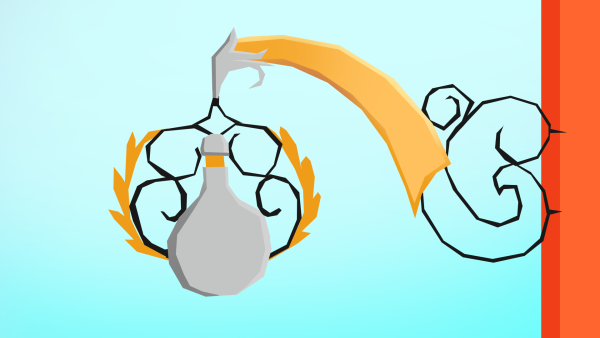Disclosure: This post may contain affiliate links, which means I may receive a small commission, at no cost to you, if you make a purchase through a link.
Whether it be vast meadows, magical forests, dark caves, you’re going to have to describe some locations in your works. In this article, I would like to give you some tips and tricks for that!
Settings descriptions may be the most difficult thing in writing. New writers (me included), usually tend to stretch descriptions out and bore the reader in the process. I hope this article will teach you how to avoid some of the major mistakes.
Guiding the Reader’s Eyes
Consider the following examples:
The forest was a dark place. Mountains loomed over the horizon. His final destination seemed so far away. He stepped over a huge mushroom, with which the ground was covered with. He looked up to see snow covered tops of pine trees, with a small bird’s nest in one of them. Two blue birds just flew away from it.
As he entered the dark forest, he noticed a halo of giant mushrooms covering the ground. He did his best to avoid stepping on them. His sight wandered upwards, towards the snow covered trees, where he saw a bird’s nest. Two blue birds just flew away from it. On the horizon, the distant mountains, his final destination.
The first example was chaotic. First, I talked about the horizon, then about the ground, then about the tops of the trees. If you’re aren’t trying to convey a chaotic scene, it’s better to take things in a specific order. In the second example, I chose to describe things from the ground up.
Using More Senses
As he entered the dark forest, he noticed a halo of giant mushrooms covering the ground. He did his best to avoid stepping on them. His sight wandered upwards, towards the snow covered trees, where he saw a bird’s nest. Two blue birds just flew away from it. On the horizon, the distant mountains, his final destination.
As he entered the dark forest, the air around him seemed to get colder. He noticed a halo of giant mushrooms covering the ground, lending the forest an ancient stench. He did his best to avoid stepping on them. His sight wandered upwards, towards the snow covered trees, where he saw a bird’s nest. Their gloomy chirping could be heard over the whole forest. On the horizon, the distant mountains, his final destination.
This time, I didn’t stop at just sight, I added descriptions using other senses of the character. In the very first sentence, I use the sense for temperature. Then I add smell and hearing. I can’t really think of an example when you wouldn’t want to do this (if your character is not missing some senses).
Details
You should keep the details as spare as possible. Basically, if it doesn’t add anything to the plot, if it doesn’t set the mood, or develop the characters, cut it. In our example, I could cut the birds, because they don’t really add anything. Nor do the mushrooms. However, it’s good to put in at least one or two details, so the setting doesn’t seem too vague to the reader.
Point of View
Sometimes when writing settings, you can use the setting itself as a character. Whether you should do this depends on the mood you want to set. I personally don’t like to do this much, because it doesn’t suit my writing style, but here’s my best effort:
The forest loomed over him, pulling him inside. He noticed the giant mushrooms, covering the whole ground. He avoided the sharp branches reaching to him. The tops of the trees blocked the view to the horizon, where his final destination would be.
In this example, the forest itself seems to be against the main character. You can also use the point of view to display the mood of the character. If you’re not describing the scene without a point of view, it won’t be completely objective. Depending on the character’s mood, they could notice different details, see things in a different light, etc. Try to write down descriptions of places you go to (and your mood while describing them).
Choice of Words
Your words can also convey the same scene in a totally different light. I think Emily from RollForFantasy illustrates this perfectly. She uses a field of flowers, with their colors described differently, to force the reader to imagine it a certain way. Be sure to check out her Scenery writing guide.
Feel free to post some of your setting descriptions to the comments down below, I’ll be more than happy to give you some feedback!
You can check out my other writing articles in the Writing tag!


